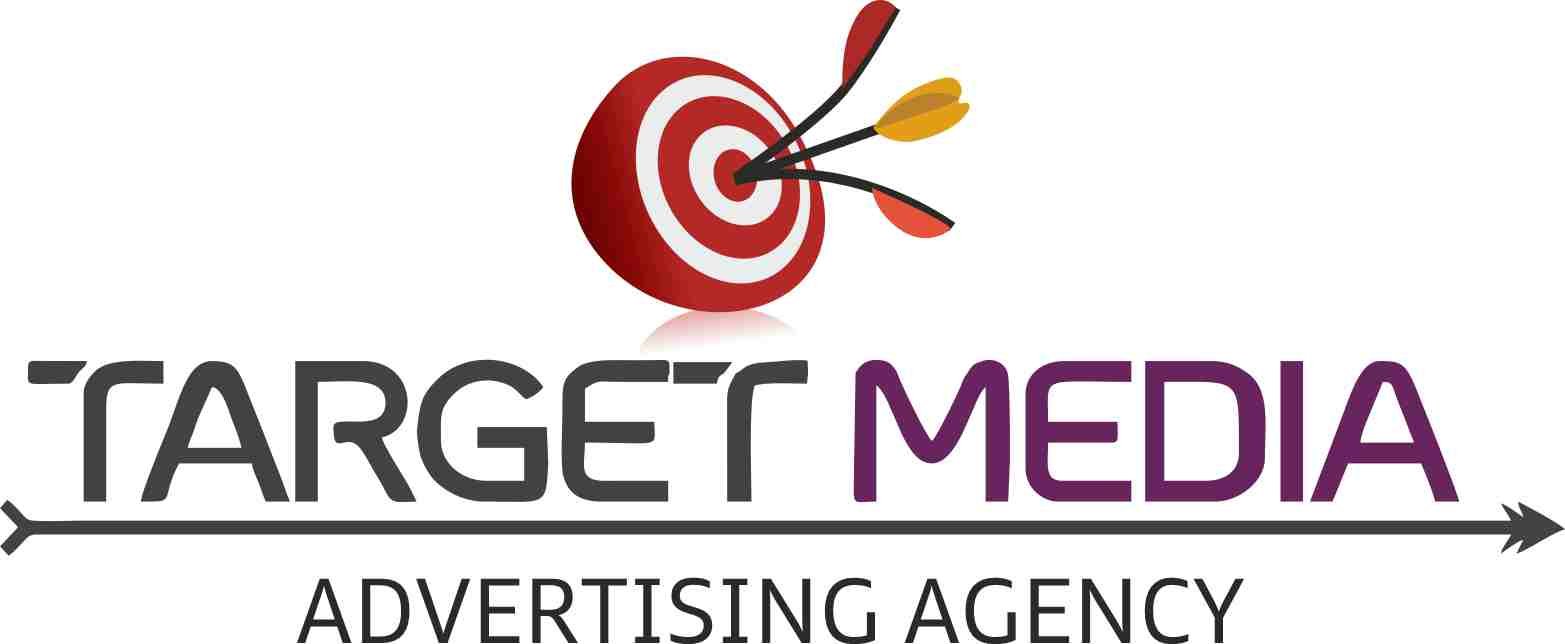Startup content marketing demands a targeted, adaptable strategy and deft execution. Check out success advice from professionals.
The low entry barrier for content marketing makes it easier and more affordable than ever for startups to adopt this tried-and-true advertising tactic.
But here’s the thing: The standard has never been higher.
A brief blog post without any multimedia will no longer suffice. Your potential clients and customers have higher expectations now.
High-quality content pieces are gaining the majority of views and clicks in many categories, where it’s winner takes it all. In fact, according to a study by Ahrefs, 90.63% of all content receives absolutely no traffic from Google.
How can your startup overcome the challenges?
You’ll discover how to plan a content marketing campaign, be memorable even on a tight budget, and assess the effectiveness of content marketing for startups in this article.
Throughout, content marketers from flourishing startups share their knowledge and expertise to assist you in getting the best outcomes. Let’s get going.
How to Create Content Marketing Campaigns for Your Startup
You could be doing a tonne of things, including SEO, PR, and social media. It is simple to become distracting, expensive, and overwhelming.
Start fewer channels at once if you have a tight budget to avoid spreading yourself too thin.
Aim to strike a balance between campaigns that can bring you the attention you need right away and long-term channels (SEO, social media, podcasting).
Short-term campaigns might include, for instance, speaking on the podcasts of influential people in the industry, getting featured on Hacker News or TechCrunch, or getting promoted on Product Hunt.
You can learn more about the market, improve your messaging, and develop your first opportunities thanks to this exposure.
The 4-point framework listed below will assist you in planning a content marketing strategy, whether you are organising a long-term campaign or a short-term initiative.
1.Objective
You must establish your goals before launching your campaign. This aids in team alignment, purpose communication, and success measurement.
Your objective and measurable targets will be separated out from your overall goals.
Your goal is your motivation or vision. The goal provides a more comprehensive picture. Examples of marketing goals are as follows:
Promote awareness among software entrepreneurs through PR efforts.
Plan an event to foster connections within the industry.
Develop the blog for SEO to drive organic traffic.
Develop the blog for SEO to drive organic traffic.
2.Target
Your goals are quantified by your measurable targets. Key results, also known as KPIs, may be another term you are familiar with. A target should be so specific that its accomplishment should be obvious.
Target examples include:
By the end of Q3, release 20 press items.
by the end of Q3, host two media dinners with significant industry influencers.
4 keyword-focused blog posts per month should be published in accordance with our content pillars.
3. Messaging
The value and advantages of your target audience are communicated in your messaging. Your potential prospects, leads, and customers are your target market if you’re planning an SEO or social media campaign.
Discuss the difficulties they are experiencing and provide them with original, practical solutions. Remember that content marketing is not just about the goods your business sells; it is also educational.
The journalist you are trying to collaborate with is really your target market if you are running a PR campaign. They are looking for a compelling new story to report on; their requirements may not be the same as those of your potential clients.
Your messaging ought to be extremely pertinent to the members of your target audience.
Think about where each campaign is in the nurturing funnel. What makes sense to someone who has received ten drip emails may not make sense to someone who is just now visiting your website.
4. Promotion
“More brands need to slow the pace of content and concentrate on wringing out every piece to get the maximum value and return on investment and effort,” says Holly Pels of Casted (founded in 2019).
“For instance, consider a webinar. The creation of these assets, encouraging registrations, and holding these events all require a lot of work from marketers. After the webinar, the majority of brands simply post them as “on-demand” resources on the website and leave them there to gather dust.
Instead, create written content using the various insights from the webinar. To encourage viewers to return to the content, segment the webinar into manageable chunks and release the clips. Questions were asked by attendees? Use that as content for your blog, social media, or even audio and video. Consider producing an audio series that your audience can listen to while on the go if the webinar is conversational in style. The list continues.
For your content marketing strategy to be successful (and great), you don’t need a sizable budget. Every content marketer should practise reusing, repurposing, and repromoting content, especially the content that connected with their audience.
3 Ways to Increase the Effectiveness of Your Content Marketing
If you want to succeed at content marketing with your startup in a market where the entry barrier is low but the stakes are high, you should take the following factors into account:
It will take some time to become proficient. The first few weeks or months should be spent concentrating on producing quality rather than metrics.
Consistency: Content marketing is a game of compounding effects to win. To see exponential returns over time, stay on your course.
According to Holly Pels, “Too many brands have fallen into the trap of believing that more content equates to better results because content can be such a driving force for so many areas of the business. In practise, more content typically equates to more content, more expense, and less effectiveness.
